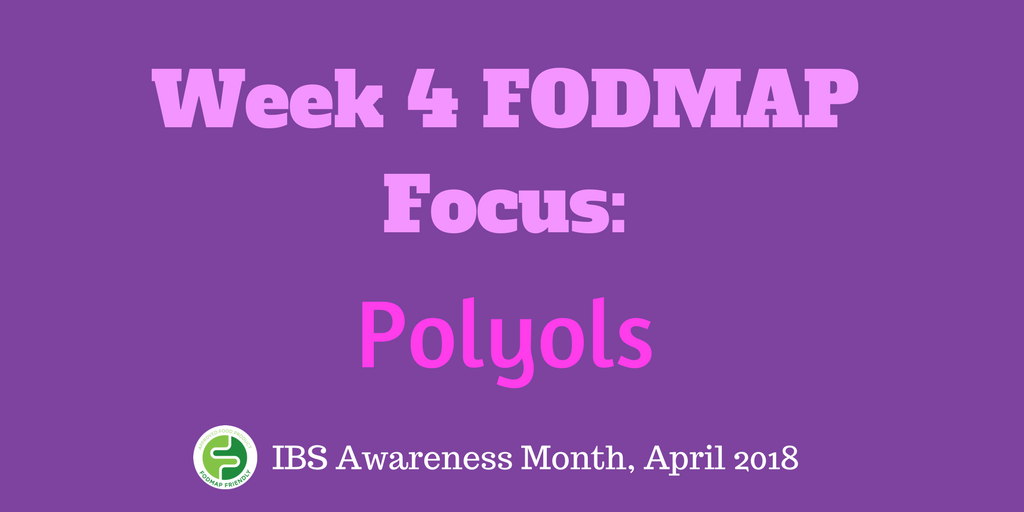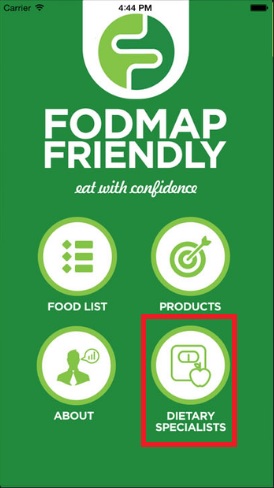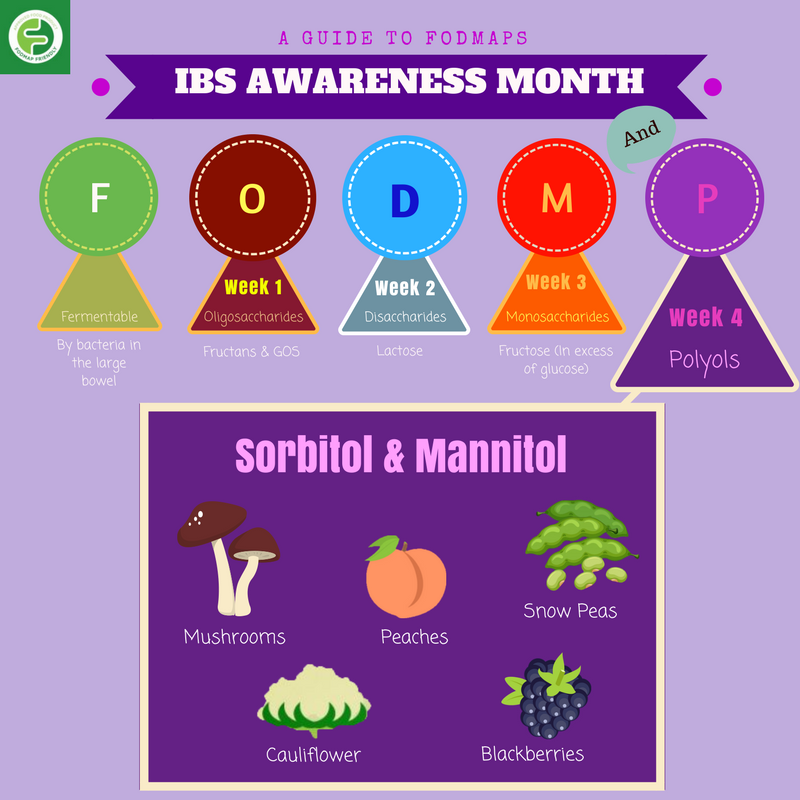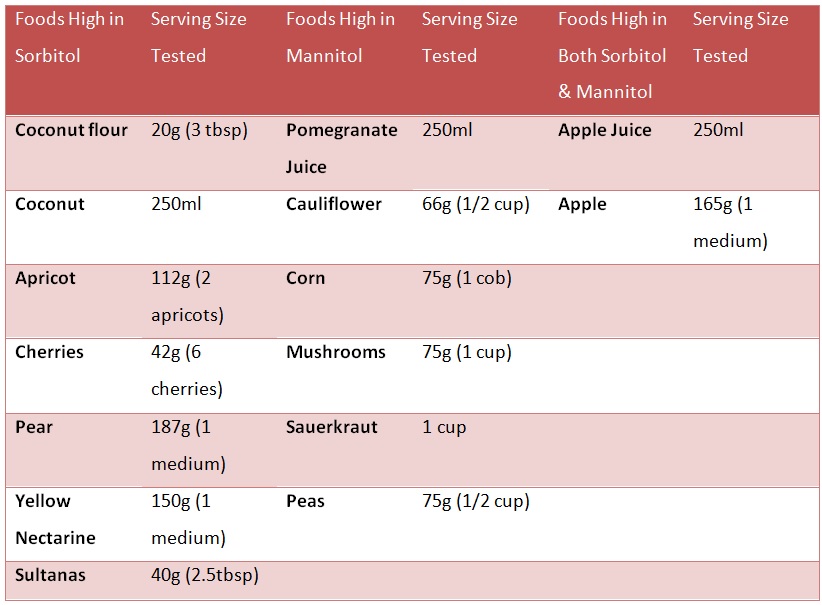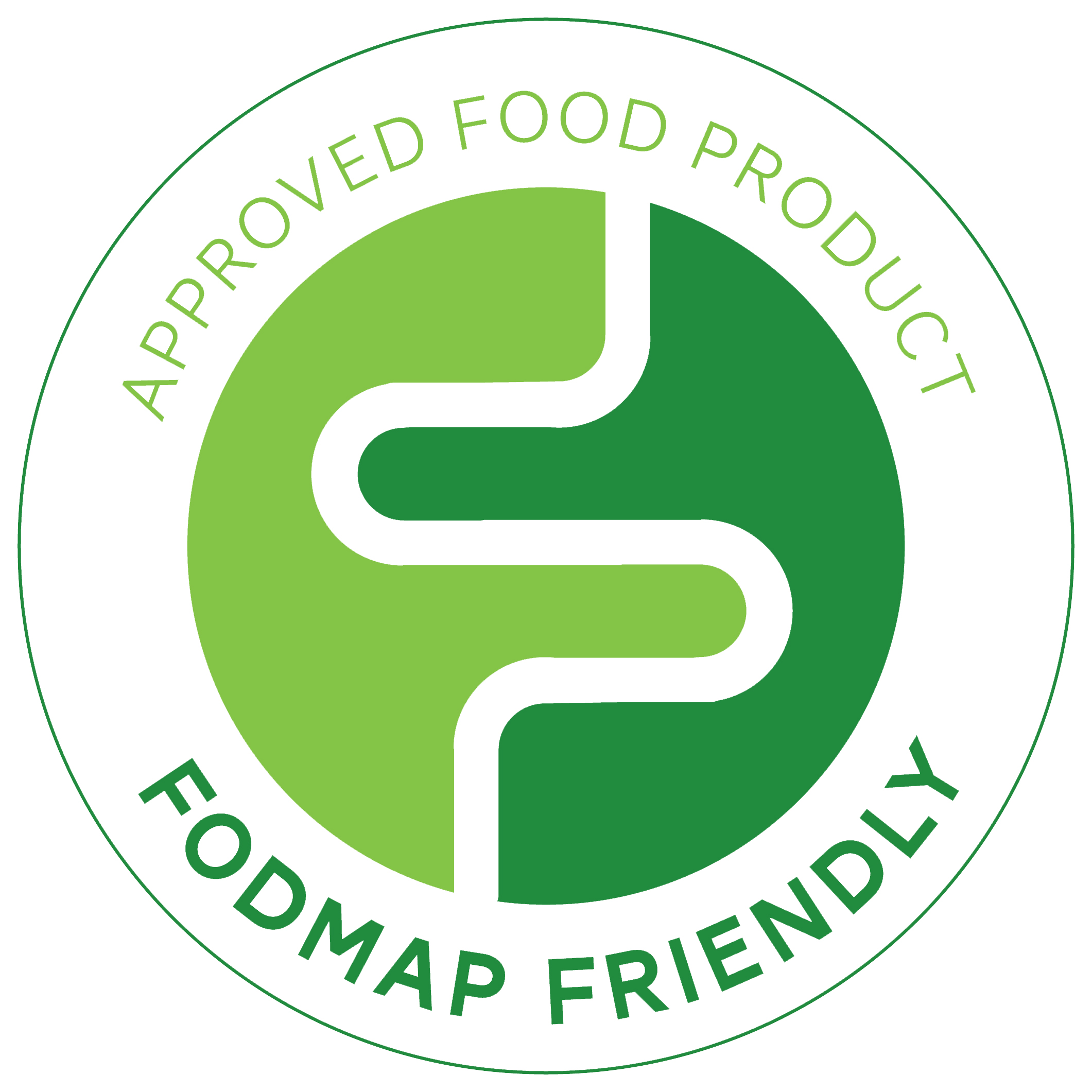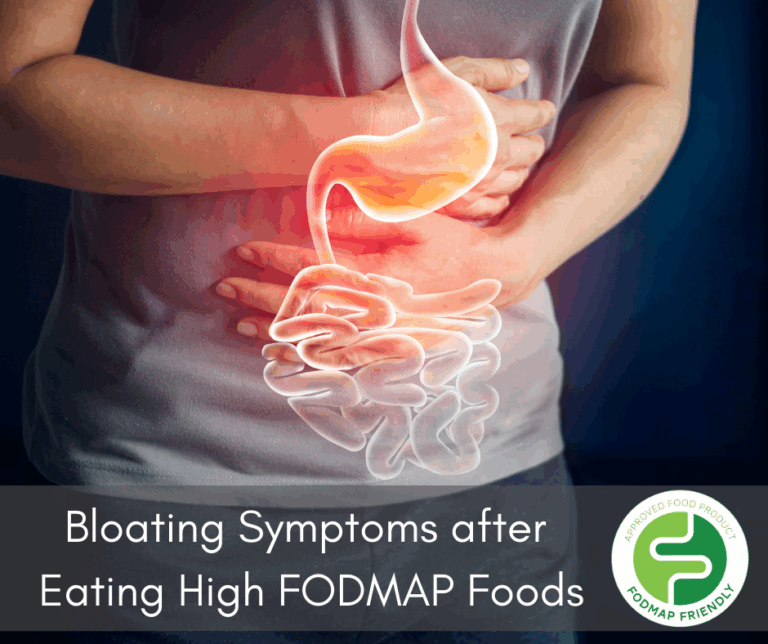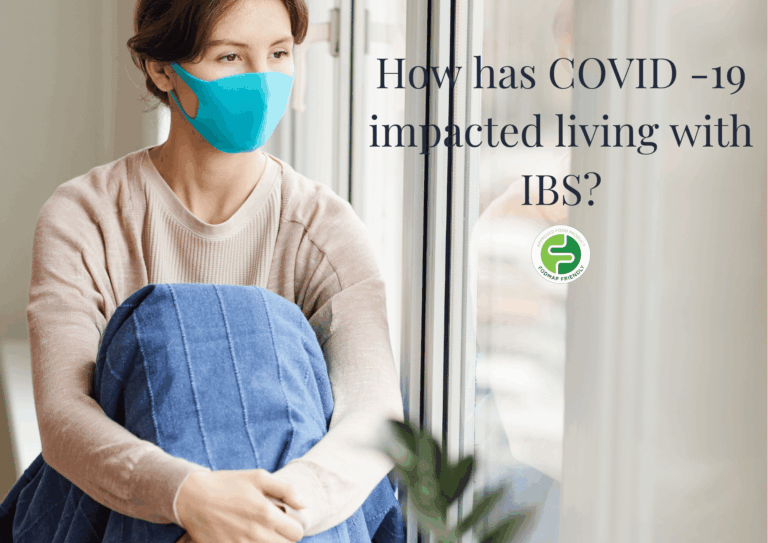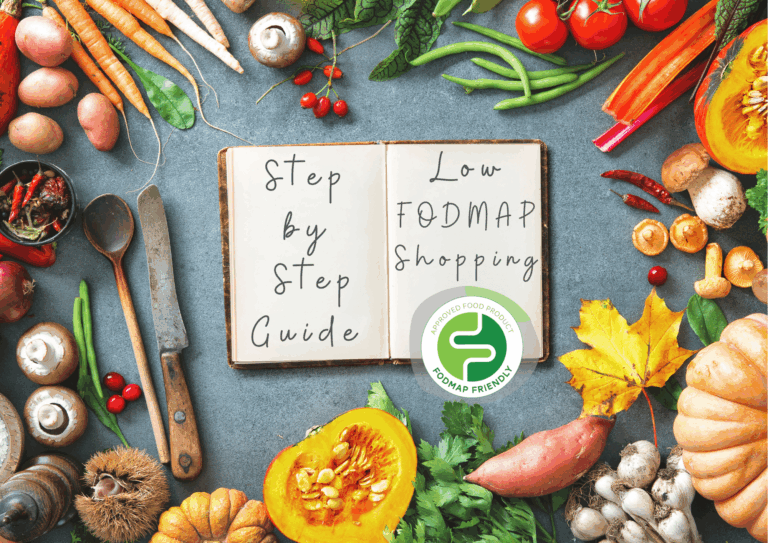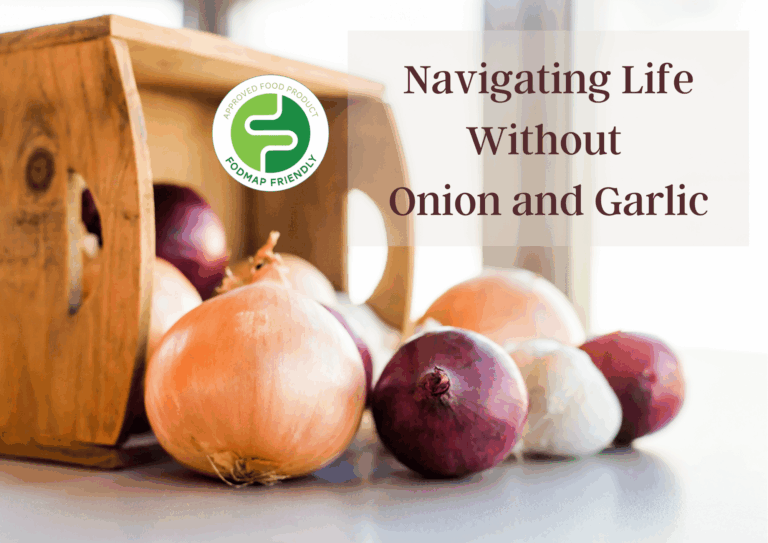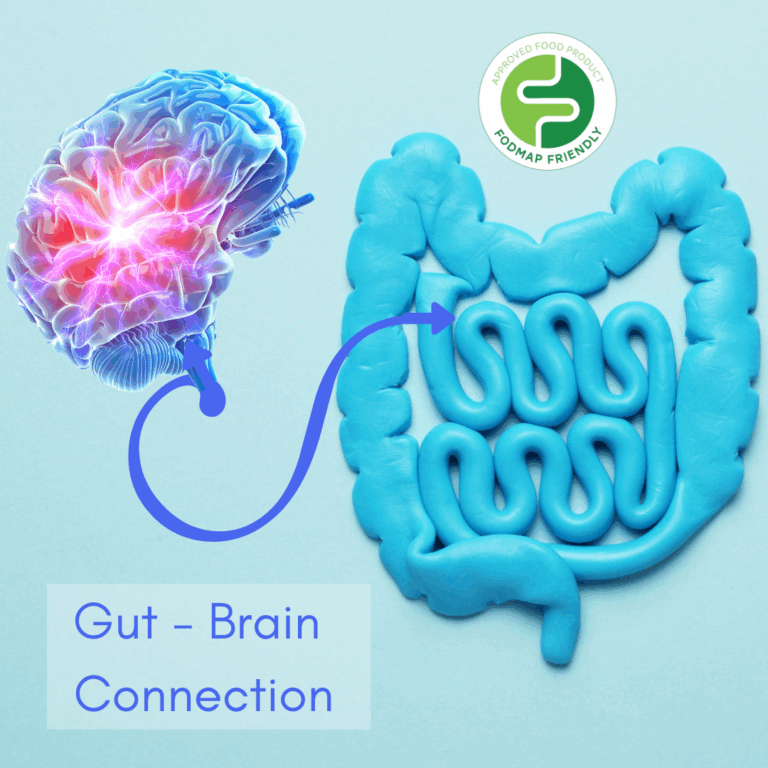Understanding Sorbitol & Mannitol: IBS Awareness Month, Week 4
Welcome To The Final Week Of IBS Awareness Month!
What we have already learnt this month is that the low FODMAP diet is can help relieve IBS sufferers from symptoms like abdominal pain, excessive wind and altered bowel habits and increase quality of life(2).
If you have IBS, you may benefit from seeing an Accredited Practising Dietitian (APD) to see if a low FODMAP diet can help relieve you from your symptoms.
If you’re looking for a FODMAP trained dietary specialist, look no further than the ‘Dietary Specialist’ search function in the FODMAP Friendly App:
If you missed our earlier blog posts on fructans & GOS, lactose and fructose, catch up via the links below:
Week 1: Fructans & GOS blog: https://fodmapfriendly.com/blog-posts/post/understanding-fructans-galacto-oligosaccharides-gos-ibs-awareness-month-2018-week-1/
Week 2: Lactose blog: https://fodmapfriendly.com/blog-posts/post/understanding-lactose-ibs-awareness-month-2018-week-2/
Week 3: Fructose blog: https://fodmapfriendly.com/blog-posts/post/understanding-fructose-ibs-awareness-month-2018-week-3/
This week we will be shining the spotlight on polyols. Sorbitol and mannitol fall into the categories of polyols, which are representative of the final letter ‘P’ in the FODMAP acronym.
What Are Polyols?
Polyols are sugar alcohols, which are partially absorbed in our gut. In all people with or without IBS, consuming an excess of polyols can have a laxative effect. This is due to osmotic luminal mechanism, where polyols draw fluid into our colon, which can lead to symptoms of excess flatulence and diarrhoea. However, in IBS suffers, consuming polyols can trigger IBS symptoms of abdominal pain, excessive wind and changed bowel habits. (1,3)
Types Of Polyols And Their E-Number
Sorbitol (420)
Mannitol (421)
Maltitol (965)
Xylitol (967)
Erythritol (968)
Isomalt (953)
Polyols can often be disguised on food packaging as their E-number. For example, sorbitol can also be noted as additive 420 or E420. This is an international numbering system for all food additives. So being familiar with the other names or codes of polyols is important to look out for when checking for FODMAPs in ingredients lists.
Erythritol is not a FODMAP, as it is generally well absorbed in our small-intestine, however, recent research has shown that it can worsen fructose malabsorption. Consequently, it is typically avoided during the elimination phase of the Low FODMAP Diet.
Sorbitol and Mannitol
The most tested polyols are sorbitol and mannitol. Sorbitol can be naturally found in fruit like coconut, apricots and pears. Mannitol is more frequently found in vegetables including cauliflower, mushrooms and snow peas. They can both also be used as a low kilojoule sweetener for processed foods like sugar free mints, chocolates and some diabetic food products. While using polyols as a sweetener has proven to lower the glycaemic index of foods and therefore are a better option for people with diabetes, polyols may pose as a problematic additive if you have a sensitive gut. You may notice on the back of some products that contain polyols like chewing gum, a warning that says, “Excess consumption may have a laxative effect.” This highlights that gastrointestinal symptoms from excess consumption of polyols can occur in all individuals, not just in people with IBS. Research suggests that 5g of sorbitol is enough to trigger gastrointestinal symptoms in over 50% of people, and over 70% of people with IBS.
Polyols As Prebiotics
Studies also show that consuming polyols in your regular diet can lead to an increase of bifidobacteria in the gut microbiome in individuals and therefore have a prebiotic effect on the gut. Whilst omitting polyols from your diet may give you some relief from your IBS symptoms, it is a good idea to consult your dietitian to test and reintroduce polyols in tolerable amounts to ensure the health of your gut microbiome is not compromised.
Which Foods Are High & Low In Sorbitol And Mannitol?
You can find out more information on what foods contain sorbitol and mannitol by downloading the FODMAP Friendly App: https://fodmapfriendly.com/for-consumers/the-fodmap-friendly-app/
So What Fruits And Vegetables Are Low In Fodmaps?
It may appear that the foods high in sorbitol and mannitol are mostly fruits and vegetables. Here is a list of tested foods so you can eat with confidence on a low FODMAP diet!
Let’s Talk Sauerkraut!
Sauerkraut is a traditional German dish comprised of fermented cabbage. You may have heard of sauerkraut before as being a probiotic food, meaning they contain beneficial bacteria that promote good gut health. Raw cabbage before the fermentation process, is a low FODMAP food. However, sauerkraut depending on the serving size eaten can be high in mannitol, which is known to trigger IBS symptoms.
Introducing FODMAP Friendly Certified Lewis & Son Sauerkraut!
IBS sufferers looking for a probiotic food that won’t upset their gut can now enjoy sauerkraut, thanks to Lewis & Son!
Look for the green FODMAP Friendly logo on the jar of Lewis & Son Sauerkraut, enjoy confidently up to a 50g serve.
Add this delicious sauerkraut into one of your favourite nourish bowl recipes to boost your probiotic intake. FODMAP Friendly are always certifying new products which are low FODMAP, so have a browse through our current certified product range here, including more from Lewis & Son: https://fodmapfriendly.com/product_cat/lewis-son/.
Recipe Time!
Try This Easy Nourish Bowl Recipe With Added Lewis & Son FODMAP Friendly Sauerkraut!
Ingredients: Serves 4
- 100g Broccoli
- 1 ½ cups Quinoa
- 300g Chicken breast
- 200g Pumpkin
- ½ cup Baby spinach
- 200g Lewis & Son Sauerkraut
- ½ Lemon
- 1 tbsp Olive Oil
- Coriander as garnish
Instructions For Pumpkin and Broccoli:
- Preheat the oven at
- Cut pumpkin and broccoli into bite-sized pieces.
- Toss pumpkin in olive oil and place on baking tray for 45 minutes.
- Toss broccoli in olive oil and place on baking tray with pumpkin after 25 minutes of cooking.
Instructions for Quinoa:
- Rinse quinoa under cold water.
- Pour quinoa into pan and add double the amount of water.
- Bring to the boil and reduce to simmer until liquid is absorbed.
Instructions for Chicken:
- Cut chicken breast into cubes
- Pan-fry with light oil until white on the inside.
Construct Your Bowl:
- Place all vegetables, quinoa and chicken in bowl.
- Drizzle with lemon.
- Garnish with coriander.
Keep Your Eyes Peeled For More On Polyols…
Stay tuned for our second blog post for this week on picking the polyols in your ingredients lists!
References:
- Mansueto P, Seidita A, D’Alcamo A, Carroccio A. Role of FODMAPs in Patients With Irritable Bowel Syndrome. 2015 Feb. Nutr Clin Pract. 30(5):665-682.
- https://www.ncbi.nlm.nih.gov/pmc/articles/PMC5555627/pdf/pone.0182942.pdf
- https://onlinelibrary.wiley.com/doi/pdf/10.1111/jhn.12144
- https://www.foodintol.com/sorbitol-the-trouble-with-sugar-free
- The FODMAP Friendly App
- https://www.monashfodmap.com/blog-posts/fermented-foods-and-fodmaps/
- https://www.ncbi.nlm.nih.gov/pubmed/28710145
- https://www.sciencedirect.com/topics/food-science/sugar-alcohol
Eat with Confidence!
